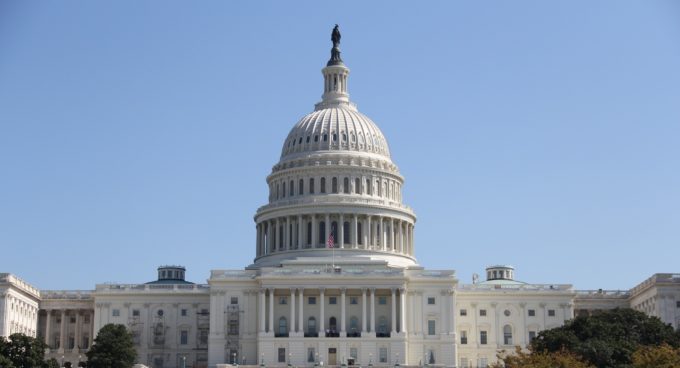“Kentuckian” – if you were to ask someone who knows me to describe me using only one word, it’s likely that they would use that one. My home state of Kentucky is the place that has shaped important aspects of myself: my worldview, my values, and my identity as a woman of color.
Kentucky is also the place that ignited my interest in fighting hunger, leading me to a career dedicated to ensuring no child or family goes without enough to eat.

Growing up in Kentucky, I saw firsthand how the experience of going hungry can devastate a household. I also learned firsthand how individuals can work together to end hunger – especially from growers and producers.
At a young age, my family and I would spend some of our weekends attending local farmer’s markets where we would meet local growers in person and learn about their experiences across the Commonwealth of Kentucky. Through eyeing fresh fruits and vegetables and learning about the power of a tomato, I quickly realized the critical role farmers play with ensuring food access for all families. Those experiences set the foundation for my now ten-year career of breaking down families’ barriers to having a full table and stocked fridge, whether those are barriers not understanding how to receive help from federal nutrition programs or not being able to access child feeding programs in rural communities.
As an undergraduate student, during a two-year tenure with God’s Pantry Food Bank in my hometown of Lexington, Kentucky, I continued to witness the essential role farmers play in providing one of individuals’ most basic needs.
As a food banker, I learned about the impacts of agriculture – economic, cultural, social – on smaller, rural counties across Kentucky, and I saw how many families depend on local growers and producers to access fresh, nutritious foods.
Building on my experiences, I went on to receive a Master’s Degree in Community and Leadership Development at the University of Kentucky, housed under the College of Agriculture. During my master’s program, I studied the importance of a community’s leadership in implementing successful feeding programs.

My deep devotion and passion for working on issues of food and agriculture have led me to working in Washington, D.C. as the Manager of Commodity and Federal Nutrition Programs at Feeding America – the nation’s largest hunger-relief organization. At Feeding America, I work to increase support in Congress for solutions that feed more families and to build imaginative partnerships with anti-hunger allies, including those in agricultural sector.
As the COVID-19 pandemic has deepened our nation’s hunger crisis, Feeding America’s alliance with farmers has become more critical than ever. Even before the spread of the novel coronavirus, our nation’s growers and producers and Feeding America’s network of 200 food banks worked together to ensure no one goes to bed hungry through programs like The Emergency Food Assistance Program (TEFAP).
Through TEFAP, food is moved from farms to food banks to families – creating a mechanism that provides money to farmers, food to food banks, and meals to our neighbors in need. As Feeding America’s food bank network faces an over 55-percent increase in demand for food amid a severe economic downturn, and a steep decline in food support from the United States Department of Agriculture (USDA) in the next year, urging Congress to invest in TEFAP, and pressing USDA to support food banks through food purchase programs, have become top priorities for Feeding America.
Earlier this month, the American Rescue Plan Act of 2021 was signed into law. USDA now has an additional $4 billion for food supply chain support, and up to $3.6 billion of those funds can be used to purchase food and distribute through nonprofits to people in need. As USDA considers how to structure potential agricultural support, it’s vital we urge USDA to make additional food purchases to provide food for families in need and support the nation’s growers and producers.
Farmers were one of my first models for what an anti-hunger champion could look like. Back in Kentucky, as they do across the nation, farmers provided an example of how we can show up for each other, especially when it comes to food access. I’m grateful for the work our country’s growers and producers have done for centuries, in rural areas to cityscapes, and I look forward to collaborating further with our agricultural communities to bring about hunger’s final act.



